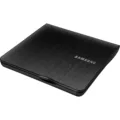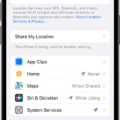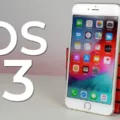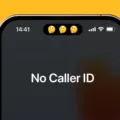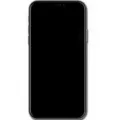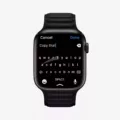If you’re one of the many iPhone users who rely on their device’s hotspot feature for internet connectivity, you may have encountered the frustrating issue of your hotspot turning off on its own. This can be a major inconvenience, especially when you’re in the middle of an important task or need a stable internet connection. In this article, we will explore the reasons behind this issue and provide you with some effective solutions to fix it.
1. Check If Your Carrier Supports Hotspot:
Before diving into troubleshooting, it’s essential to ensure that your carrier supports the hotspot feature. Some carriers may have limitations or restrictions on hotspot usage, so check with your carrier to confirm if you have a compatible plan.
2. Enable Maximize Compatibility:
To ensure optimal compatibility between your iPhone and other devices, enable the “Maximize Compatibility” option. This setting allows devices using older Wi-Fi standards to connect to your hotspot, reducing chances of disconnection.
3. Disable Low Data Mode:
Low Data Mode is a useful feature that helps conserve data on your iPhone. However, it can also interfere with your hotspot connection. To resolve this issue, disable Low Data Mode by going to Settings > Cellular > Cellular Data Options > Low Data Mode.
4. Disable Low Power Mode:
Low Power Mode is another feature that can interfere with your hotspot connection. When your iPhone is in Low Power Mode, it conserves battery by disabling certain features, including the hotspot. To fix this issue, disable Low Power Mode by going to Settings > Battery > Low Power Mode.
5. Keep Wi-Fi and Bluetooth Enabled:
Ensure that both Wi-Fi and Bluetooth are enabled on your iPhone. Sometimes, turning off either of these connectivity options can cause your hotspot to disconnect.
6. Update Network Carrier Settings:
Outdated network carrier settings can lead to various connectivity issues, including hotspot disconnections. To update your carrier settings, go to Settings > General > About. If an update is available, you will receive a prompt to install it.
7. Reset Network Settings:
Resetting your network settings can often resolve connectivity issues, including problems with your hotspot. To do this, go to Settings > General > Reset > Reset Network Settings. Keep in mind that this action will remove all saved Wi-Fi passwords, so make sure to have them handy.
8. Install iOS Updates:
Apple regularly releases iOS updates to address bugs and improve device performance. Outdated iOS versions may have compatibility issues that can cause your hotspot to disconnect. To install the latest iOS update, go to Settings > General > Software Update.
Experiencing frequent disconnections with your iPhone hotspot can be frustrating, but there are several steps you can take to resolve this issue. By checking carrier support, enabling compatibility settings, disabling low data and power modes, keeping Wi-Fi and Bluetooth enabled, updating carrier settings, resetting network settings, and installing iOS updates, you can troubleshoot and fix the problem. Remember to contact your carrier or Apple Support if the issue persists or if you need further assistance.
How Do You Make Your iPhone Hotspot Stay Connected?
To ensure that your iPhone hotspot stays connected, follow these steps:
1. Check if your carrier supports hotspot: Not all carriers provide hotspot functionality. Contact your carrier to confirm if your plan includes hotspot usage.
2. Enable Maximize Compatibility: Open the “Settings” app on your iPhone, go to “Personal Hotspot,” and enable the “Maximize Compatibility” option. This will ensure compatibility with more devices.
3. Disable Low Data Mode: Open the “Settings” app on your iPhone, go to “Cellular” or “Mobile Data,” and disable the “Low Data Mode” option. This can sometimes interfere with hotspot functionality.
4. Disable Low Power Mode: If your iPhone is in Low Power Mode, it may disable the hotspot to conserve battery. To disable it, go to “Settings,” select “Battery,” and toggle off “Low Power Mode.”
5. Keep Wi-Fi and Bluetooth enabled: Hotspot functionality requires both Wi-Fi and Bluetooth to be enabled on your iPhone. Make sure they are turned on in the “Settings” app.
6. Update network carrier settings: Sometimes, outdated carrier settings can cause issues with hotspot connectivity. Go to “Settings,” select “General,” and tap on “About.” If a carrier settings update is available, you will be prompted to install it.
7. Reset network settings: Resetting your network settings can resolve connectivity issues. Go to “Settings,” select “General,” and tap on “Reset.” Then, choose “Reset Network Settings.” Keep in mind that this will remove saved Wi-Fi passwords.
8. Install iOS updates: Ensure that your iPhone is running the latest version of iOS. Go to “Settings,” select “General,” and tap on “Software Update.” If an update is available, follow the on-screen instructions to install it.
By following these steps, you should be able to make your iPhone hotspot stay connected and provide a reliable internet connection for your devices.
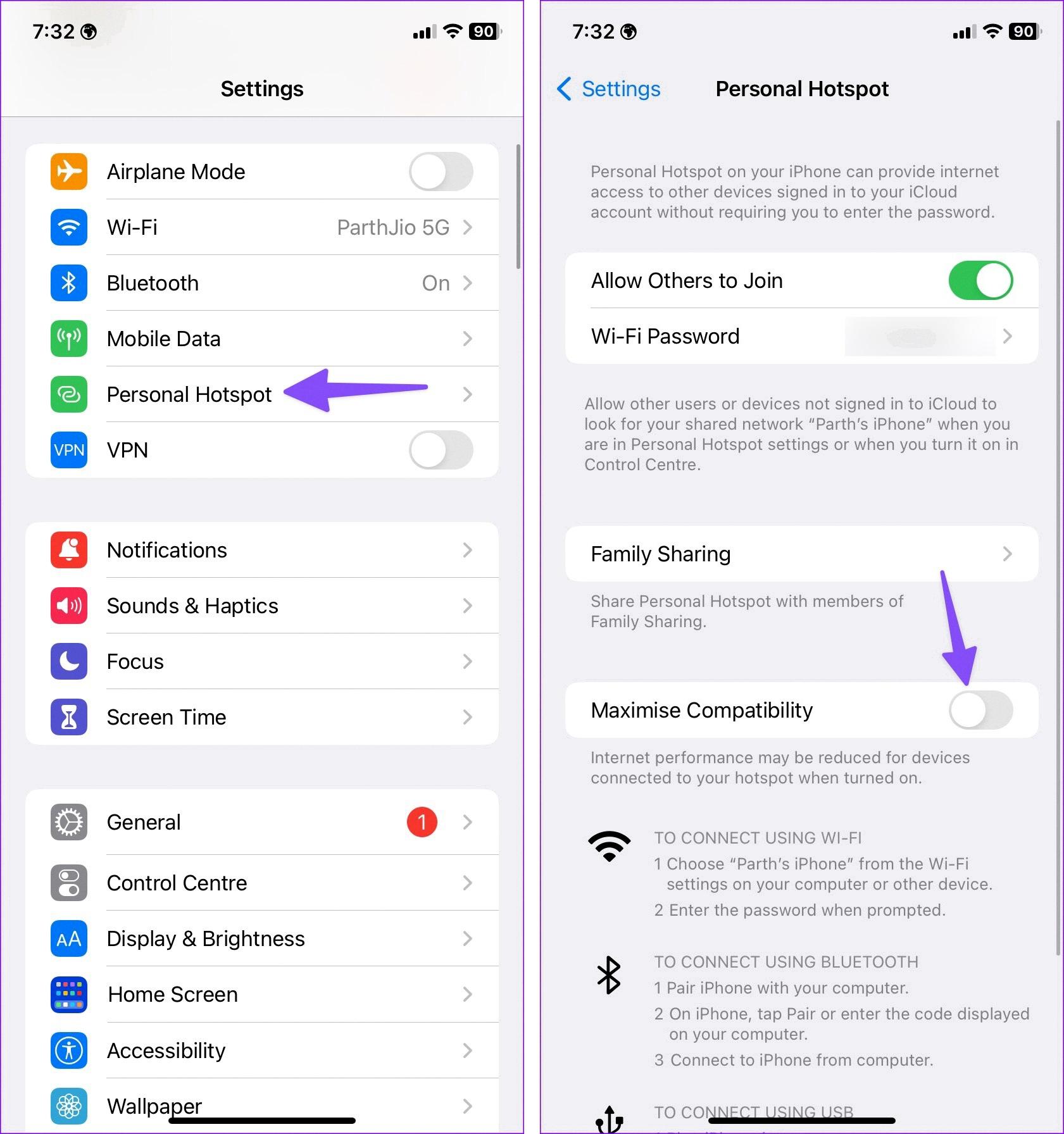
Why Does Your Hotspot Keep Disconnecting?
There could be several reasons why your mobile hotspot keeps disconnecting. Here are some possible causes and solutions:
1. Weak signal strength: Check if you are in an area with poor network coverage. Move to a location with better signal strength or try using your hotspot in a different location.
2. Overheating: Excessive heat can cause your hotspot device to malfunction. Ensure that it is kept in a well-ventilated area and not exposed to direct sunlight for prolonged periods. If it continues to overheat, you may need to contact the manufacturer for further assistance.
3. Network congestion: High network traffic can sometimes lead to frequent disconnections. This can occur in crowded areas or during peak usage times. Consider connecting to your hotspot during off-peak hours or in less congested areas to minimize disruptions.
4. Outdated firmware or software: Ensure that your hotspot device has the latest firmware or software updates installed. Manufacturers often release updates to address bugs and improve stability. Check the manufacturer’s website or user manual for instructions on how to update your device.
5. Data usage limit: Some mobile hotspot plans have a predetermined data usage limit. If you exceed this limit, your hotspot may automatically disconnect. To resolve this, you can either increase your data limit with your service provider or set the option to unrestricted use if available.
6. Battery issues: If your hotspot’s battery is low or faulty, it may cause frequent disconnections. Make sure your device is adequately charged or try using it while connected to a power source.
7. Interference: Other electronic devices, such as microwaves, cordless phones, or Bluetooth devices, can interfere with your hotspot’s signal. Keep your hotspot away from such devices to minimize interference.
8. Hardware or software malfunction: In some cases, there may be a hardware or software issue with your hotspot device. Try resetting your device to its default settings or contact the manufacturer for further troubleshooting steps.
By considering these potential causes and implementing the corresponding solutions, you should be able to address the issue of your hotspot disconnecting.
Learn how to connect your iPhone to a home network server securely.
Conclusion
The iPhone hotspot turning off on its own can be a frustrating issue to deal with, especially if you rely on it for internet connectivity on other devices. However, there are several steps you can take to fix this problem.
First, make sure that your carrier supports hotspot functionality. Not all carriers provide this feature, so it’s important to check if it’s included in your plan.
Next, enable the “Maximize Compatibility” option in your iPhone’s hotspot settings. This will ensure that the hotspot is compatible with a wide range of devices.
If you have enabled the “Low Data Mode” or “Low Power Mode” on your iPhone, these settings may be causing your hotspot to turn off. Disable these modes and see if it resolves the issue.
Keeping Wi-Fi and Bluetooth enabled on your iPhone can also help maintain a stable hotspot connection. Make sure these options are turned on.
Updating your network carrier settings can also fix any compatibility issues or bugs that may be causing the hotspot to turn off. Check for carrier updates in your iPhone’s settings.
If none of the above steps work, resetting your network settings can help resolve any network-related issues. This will reset all network settings, including Wi-Fi passwords, so make sure to have them handy.
Lastly, keeping your iPhone updated with the latest iOS version can address any software bugs or glitches that may be affecting the hotspot functionality. Install any available iOS updates to ensure optimal performance.
Troubleshooting and fixing the iPhone hotspot turning off on its own requires checking carrier support, enabling compatibility options, disabling power-saving modes, keeping Wi-Fi and Bluetooth enabled, updating network carrier settings, resetting network settings, and installing iOS updates. By following these steps, you should be able to resolve the issue and enjoy uninterrupted hotspot connectivity.

